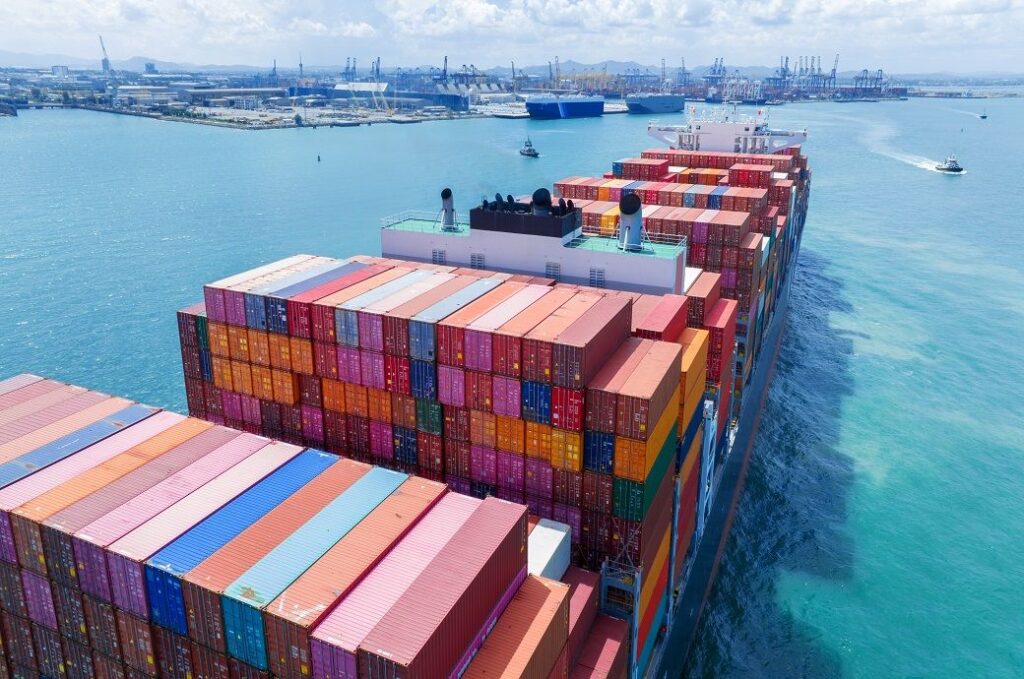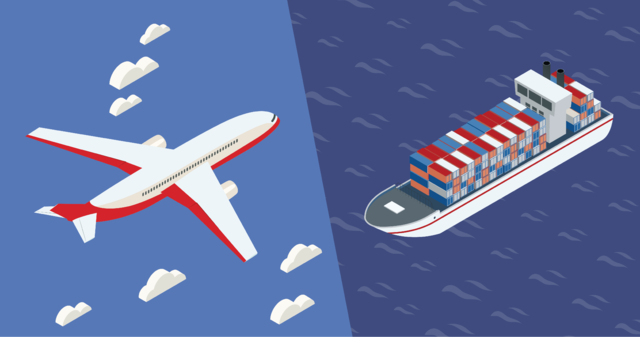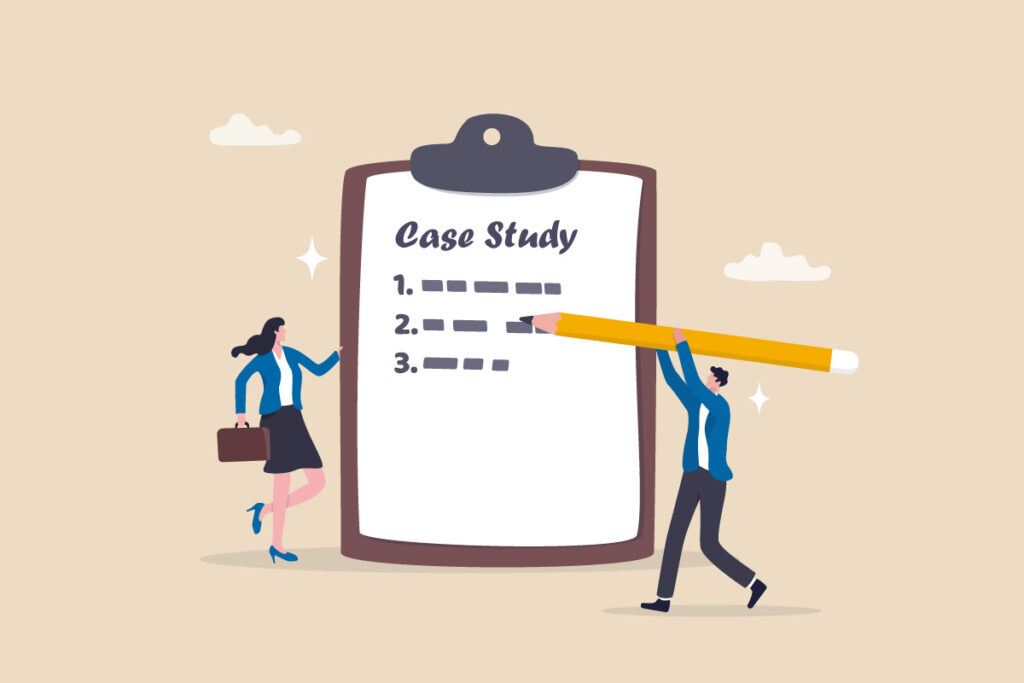- By TOP CHINA FREIGHT
- September 9, 2025
- Sea Freight, Shipping
Table of Contents
Sea freight China to USA is the most cost-effective option for bulk shipments, yet it also comes with complexities such as customs clearance, variable transit times, and freight rates that fluctuate with market conditions. This guide explores costs, transit schedules, best practices, and strategies to optimize your shipping process in 2025.

What is Sea Freight from China to USA?
Sea freight refers to transporting goods in shipping containers aboard cargo vessels. It is widely chosen by importers who prioritize lower costs over speed. Compared to air freight, sea freight offers flexibility in container sizes and routes, making it a vital part of the global supply chain.
Goods can be shipped in FCL (Full Container Load) or LCL (Less than Container Load), depending on volume. While FCL suits businesses shipping in bulk, LCL allows small and medium importers to share container space. However, transit times vary by port of origin and destination, and additional processes like customs inspections can affect delivery schedules.
How Long Does Sea Freight China to USA Take?
Transit time depends on several factors: port distance, shipping line, weather, and customs efficiency. Typically, goods shipped from eastern China take less time than those from inland regions.
| Route (Port of Origin → Destination) | Average Transit Time | Notes |
|---|---|---|
| Shanghai → Los Angeles | 15–18 days | Fastest route, high demand |
| Shenzhen → Long Beach | 16–20 days | Common for electronics |
| Ningbo → New York | 30–35 days | Longer due to Panama Canal |
| Qingdao → Houston | 25–28 days | Popular for chemicals, machinery |
| Tianjin → Miami | 32–38 days | Longest route, fewer sailings |
Moreover, peak seasons such as the holiday rush or Chinese New Year can extend transit times by a week or more. Therefore, it’s important to plan shipments months in advance.
What are the Costs of Sea Freight China to USA?

Costs vary depending on container size, cargo type, fuel surcharges, and market conditions. However, 2025 rates are stabilizing compared to pandemic disruptions.
| Container Type | Average Cost (USD) | Typical Use Case |
|---|---|---|
| 20ft Standard FCL | $2,000 – $3,500 | Small shipments, furniture, textiles |
| 40ft Standard FCL | $3,800 – $5,500 | Larger cargo volumes, mixed goods |
| 40ft High Cube FCL | $4,200 – $5,800 | Bulky cargo requiring extra height |
| LCL (per CBM) | $100 – $150 | Small businesses, low-volume orders |
In addition to freight charges, importers must consider customs clearance, insurance, documentation fees, and inland trucking.
What Shipping Methods Can You Choose?
Importers typically choose between FCL and LCL, but other specialized services exist.
| Method | Pros | Cons |
|---|---|---|
| FCL (Full Container Load) | Secure, faster handling, cost-effective for large loads | Higher upfront cost |
| LCL (Less than Container Load) | Flexible, affordable for small shipments | Longer transit, risk of delays |
| Reefer Containers | Ideal for perishables, temperature control | More expensive |
| Bulk Cargo | Best for raw materials | Limited flexibility, requires specialized vessels |
Therefore, businesses should evaluate volume, cargo type, and urgency before booking.
What Documents are Required for Sea Freight China to USA?

Ensuring proper documentation avoids customs delays. Below is a checklist:
| Document | Purpose |
|---|---|
| Bill of Lading (B/L) | Proof of shipment and ownership |
| Commercial Invoice | Declares value of goods |
| Packing List | Details cargo contents |
| Importer Security Filing (ISF) | Mandatory for US imports |
| Customs Declaration | Required by US Customs |
| Insurance Certificate | Covers cargo risks |
Failure to provide accurate documents can result in penalties or shipment holds.
How Do Customs Clearance and Import Duties Work?
All goods entering the USA are subject to customs clearance. Importers must pay applicable duties, which vary based on product classification under the Harmonized Tariff Schedule (HTS).
Additionally, the US requires an ISF (Importer Security Filing) at least 24 hours before cargo loading. Missing deadlines may lead to fines. Duties and tariffs can range from 0% to over 25%, depending on the product. Therefore, working with an experienced customs broker can reduce risks.
Why Choose Sea Freight Over Air Freight?

Although air freight is faster, sea freight remains dominant due to cost advantages.
| Factor | Sea Freight | Air Freight |
|---|---|---|
| Cost | Low per unit for bulk | High, 5–8x more expensive |
| Transit Time | 15–40 days | 3–7 days |
| Cargo Type | Large, heavy, hazardous | Urgent, light, high-value |
| Environmental Impact | Lower emissions per kg | Higher emissions |
For businesses shipping large orders, sea freight is the best balance of cost and capacity.
Case Study: Electronics Shipping from Shenzhen to Los Angeles

A mid-sized electronics retailer in California regularly imports from Shenzhen. By using FCL, they reduced shipping costs by 25% compared to LCL. However, during the holiday peak, transit time increased from 16 days to 24 days due to port congestion. The company adapted by booking containers two months earlier and diversifying ports of entry. This highlights the importance of planning and flexibility when relying on sea freight China to USA.
How to Optimize Sea Freight from China to USA?
To maximize efficiency, importers should:
1.Book early during peak seasons.
2.Compare multiple freight forwarders for competitive pricing.
3.Consider alternative ports to avoid congestion.
4.Use FCL whenever possible for faster handling.
5.Insure shipments to mitigate risks.
Moreover, leveraging technology such as cargo tracking tools can improve visibility across the supply chain.
Conclusion
Shipping by sea is the most economical method for moving bulk goods across the Pacific. Understanding sea freight China to USA costs, transit times, and customs processes allows businesses to make informed decisions. With proper planning, early bookings, and reliable freight partners, importers can reduce risks while keeping supply chains efficient.
Need a Shipping Quote?
If you want expert guidance and peace of mind, our team is ready to assist.
TJ China Freight offers tailored solutions to help businesses of all sizes ship more reliably from China.

FAQs
Q1:Do I need insurance for sea freight from China to USA?
Yes, cargo insurance is highly recommended. It protects against damage, loss, or delays during international container shipping.
Q2:How can small businesses use sea freight effectively?
Small businesses can use LCL to share container space, reducing shipping costs while still accessing reliable sea freight logistics.
Q3:Which US ports are best for imports from China?
Major ports include Los Angeles, Long Beach, New York, Houston, and Savannah. Choosing less congested ports can improve delivery times.
Q4:How do tariffs affect sea freight costs from China to USA?
Tariffs increase overall import expenses. Importers must check the Harmonized Tariff Schedule to calculate duties before shipping.
Q5:Can hazardous materials be shipped by sea freight?
Yes, but hazardous cargo requires special documentation, packaging, and compliance with international shipping regulations.
